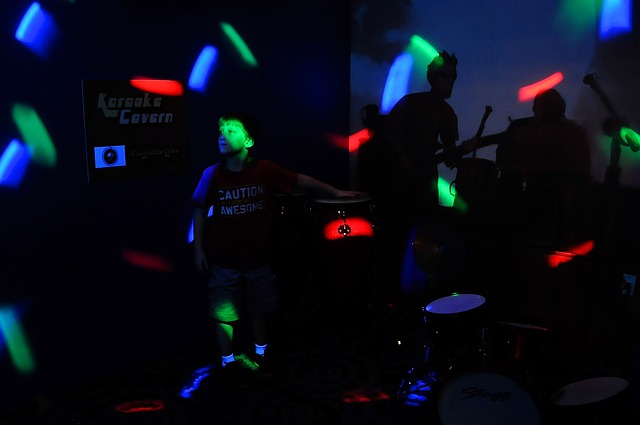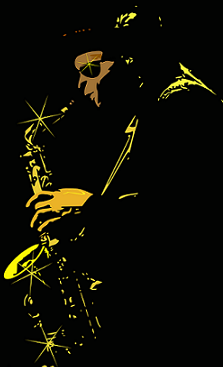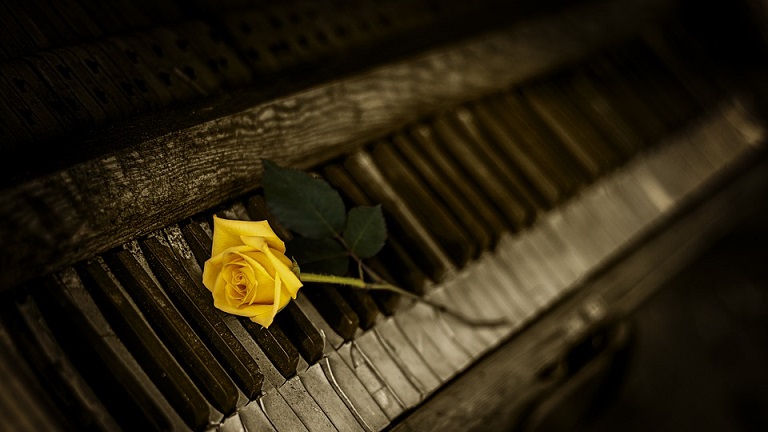He would have been 97 years of age a few days ago, and although he was not a protagonist in his own land, he is remembered in Cuba for his undeniable contribution to popular music.
 Wilfredo Alayón
Wilfredo Alayón
Even now, musical experts argue about the creator of the mambo, that genre of dance which in its structure, contains sung parts.
Some point to Orestes López, a musician in the famous orchestra, Arcaño and his Wonders; others look to Arsenio Rodríguez, the so-called Marvellous Blind Man, while a third group accepts Dámaso Pérez Prado.
But nobody disputes the fact that it was Dámaso (1916-1989), known worldwide as the King of Mambo, who popularised the rhythm which spread around the world in the 1940’s, and which accompanies us into the new millennium.
The great instrumentalist was born in a city 100 kilometres east of Havana, where he was known by his nickname, Pipo, and born of the union between journalist, Pablo Pérez and Sara Prado, director of a primary school.
The late reporter Manolo García, classmate of Pérez Prado in secondary school, described him as “cheerful, smiling, always ready to take part in artistic and social activities”.
Talking to Prensa Latina, Garcia emphasises that “Like his brother Pantaleón, also a musician, he inherited the diplomatic character of his father, a well-mannered man, and the generous goodness granted by his mother”.
While very young and still a student, Dámaso became involved with the avant-garde musicians of that time in Matanzas.
 Pérez Prado served as accompanying pianist, and later excelled as an arranger for several groups from his hometown.
Pérez Prado served as accompanying pianist, and later excelled as an arranger for several groups from his hometown.
Later on, he moved to the island´s capital in search of better horizons, and formed part of some well-known groups until he created his own orchestra Fanfare.
But the new music had a lukewarm reception and little acceptance from record labels, and so, encouraged by the Cuban actress and dancer Ninón Seville, Pérez Prado decided to move to Mexico, where she was living.
During that time in the Aztec country, the North American rhythms of the big jazz-bands of Glenn Miller, Benny Goodman and the brothers Tommy and Jimmy Dorsey were fashionable.
About the mambo
This dance genre contains parts which are sung and has its roots, first in the rhythm performed by the orchestra Arcaño and his Wonders, which served as a stylistic framework for Orestes López to compose his danzón, Mambo, in 1938.
According to experts, the piece in question joined syncopated motifs taken from Cuban Son, together with improvised variations on the flute.
Later, the experts add, in arrangements for jazz orchestras, the mambo becomes independent of the structure of the danzón realised by Bebo Valdés and René Hernández, around the mid-1940´s.
Pérez Prado took all those elements, and experimented with them, so the mambos systematically emerged,which inaugurated the genre worldwide.
According to the Cuban musicologist Helio Orovio, Pérez Prado studied distinct musical structures to improve the mambo, where the brass section attains extraordinary moments with the melody, harmony and the rhythm, supported by the saxophones.
Actually, this was one of the reasons which, in the opinion of expert Isabel García, motivated his transfer to Mexico.
According to Garcia, Mexico had the strength in brass, which Cuba lacked in those days.
However, friends of Pérez Prado and those who knew him well, agree that, out of envy, the doors were closed to him during his stay in the capital of the Greater Antilles.
 What is certain is that he debuted on Aztec soil on 2 April 1950 in the Brasil dancehall, in the presence of Miguel German Velasco, president of the Republic, and the actor Mario Moreno (known as Cantinflas).
What is certain is that he debuted on Aztec soil on 2 April 1950 in the Brasil dancehall, in the presence of Miguel German Velasco, president of the Republic, and the actor Mario Moreno (known as Cantinflas).
The mambo gained immediate following due to its choreographic moves which caused a real sensation, and the offers poured in for Seal Face – the nickname given to Pérez Prado by another star of Cuban music, Benny Moré. That nickname was explained by the dark skin, long moustache and prominent neck of the composer.
Pérez Prado recorded 100 records and participated in 30 films, although another twenty-odd films included mambos in their soundtracks.
He died on 14 September 1989 and his body is buried in the Panteón Civil Dolores, in the Mexican capital, wrapped in the popularity that he gave to a rhythm that travelled the world and remains a favourite among dancers to this day. (PL)
(Translated by Susan Seccombe – Email: ess.translations [@] gmail.com) – Photos: Pixabay












.jpg)












